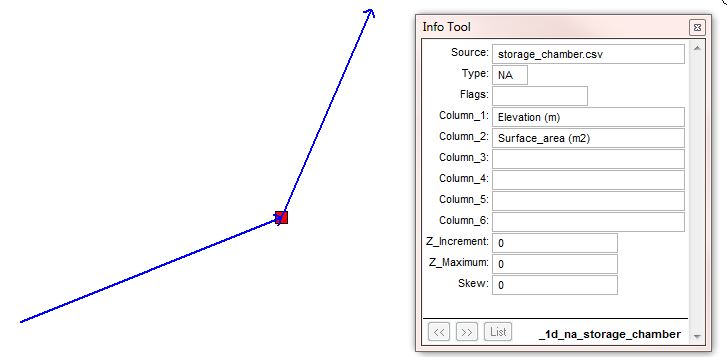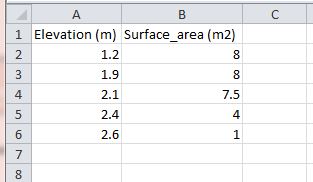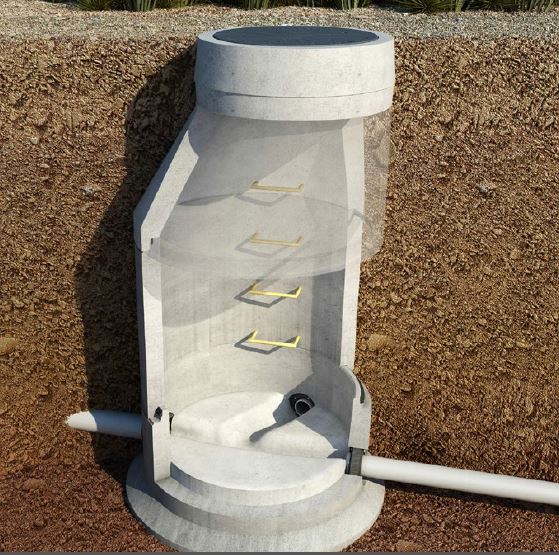1D Manholes
Page Under Construction
Introduction
Manholes are typically chambers used to provide one or all of the following; maintenance access, change in culvert direction, connections and change in culvert dimensions. By default, manholes are automatically created within TUFLOW at all culvert nodes, any manually created manhole will override the automatically created manhole.
Manholes are used at culvert junctions to dissipate energy due to:
- Expansion/contraction of flow within the manhole chamber and outlet culverts.
- Change in direction of the culverts (i.e. a bend/deflection).
- Change in height, width or diameter and/or invert level of the adjoining culverts.
The presence of a manhole at a junction point will override the exit loss of any culvert discharging into the manhole and entrance loss of any culvert taking from our of the manhole.
There are 3 types of manholes:
- "C" for circular chambers.
- "R" for rectangular chambers.
- "J" for junctions without a chamber
Losses
The default loss within TUFLOW is the Engelund energy loss approach. The energy loss coefficients are recalculated every timestep and as a result vary depending on the flow distribution between the inlet and outlet culverts and the depth of water within the manhole. More information on the Engelund approach can be found within Section 5.11.5.4 in the TUFLOW manual.
There is information located here as to how TUFLOW calculates the default Engelund approach within junction "J" type manholes.
Storage chambers
Storage, including storage chambers or floodplain storage, can be manually defined using a 1d_na (1d_tab_empty) node that has an assigned elevation versus surface area table. For the purpose of this page, manmade storage chambers have been discussed although the method is the same for all applications.
An example of a chamber:
Methodology
- Import 1d_na node.
- Assign the name of the elevation vs area csv.
- Specify the names for the elevation and surface area columns

storage_chamber.csv

For more information on storage nodes see Section 5.10.3 Storage Nodes (User Defined NA Tables) within the TUFLOW manual.
Any further questions please email TUFLOW support: support@tuflow.com
Back to 1D Hydraulic Structures
